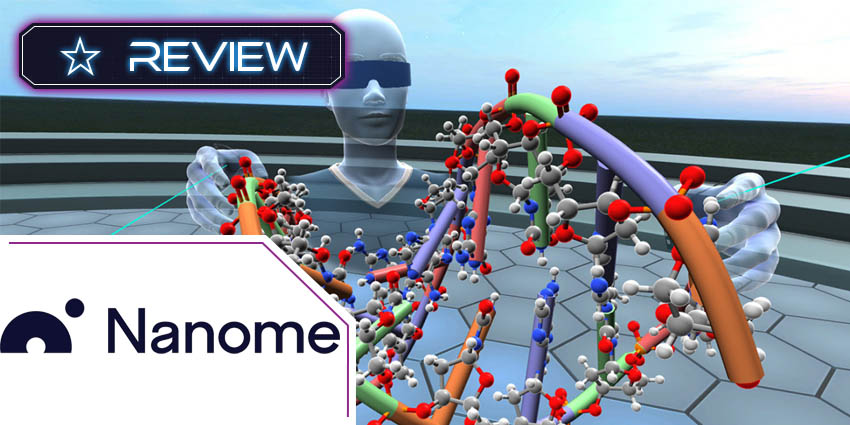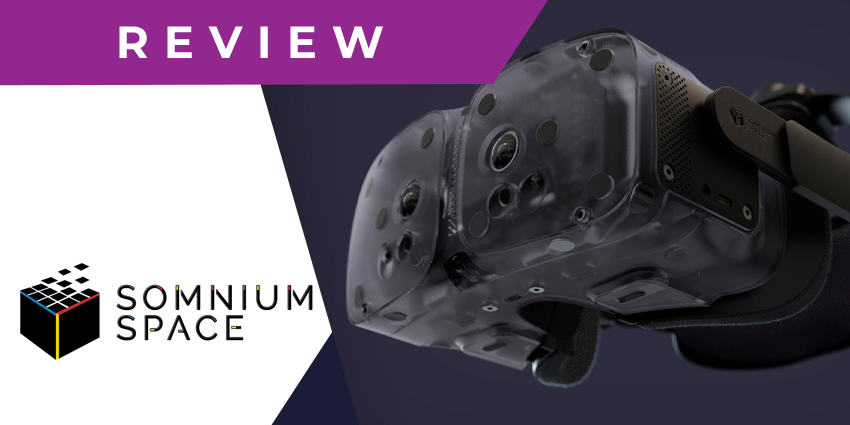Nanome is a 2015 founded virtual reality (VR) collaboration company that’s recently gained tremendous traction in the wake of the pandemic. It helps researchers, academics, pharmaceutical and biotech organisations collaboratively conduct drug research and development.
It provides a VR environment in which to visualise molecular structures and correlations. It includes remote collaboration tools, helping academia around the globe gain from a collective knowledge base. It also features integrations that enable data connectivity with other pharmaceutical systems.
Expectedly, the company has come into the spotlight since 2020, first partnering with Fujitsu to introduce the platform in Japan. It’s the first US company to participate in EU efforts to leverage supercomputing against COVID-19, providing access to VR gear and software.
Recently, Nanome raised $3 million in a funding round led by Bullpen Capital – this fresh flush of funds is expected to help the company expand into synthetic biology and education sectors.
So, what are its key features? Let’s find out.
What Are the Key Features of Nanome?
Platforms like Nanome hold incredible potential for the healthcare and pharmaceutical industry, saving organisations tens of thousands of dollars every year.
A case study revealed that Nanome could help shorten the average 12–18 month lead optimisation timeline for new drugs. This is achieved through the following features:
Virtual collaboration spaces
You can host public and private workspaces inside of the Nanome platform, and join collaboration rooms that are labelled as public. Paid versions of the platform even let you save VR workspaces and revisit them later, picking where you left off.
Given that this sector regularly deals with sensitive data and IP, Nanome includes password protection capabilities to safeguard private rooms.
Molecular views and editing
This is probably the biggest USP of Nanome. It is among the first platforms in the world that let you work on molecular design, structure, and drug discovery in a 3D environment, giving you a precise understanding of potential outcomes that is simply impossible in 2D.
Molecular views range from basic to more advanced formats that are exported as PDB/SDF files, with support for unlimited molecules.
On-premise hosting
The healthcare and pharmaceutical industry is governed by stringent regulations, which means it cannot gain from the public cloud as easily. That’s why Nanome supports on-premise hosting or a private collaboration server hosted by the company itself.
Nanome will assist you throughout the server deployment process, even integrating with your internal database.
Industry-specific capabilities
To fast track the drug discovery process, Nanome lets you load data and files from all major industry platforms like RCSB, PubChem, and Drugbank.
You can play PDB trajectory animations within the 3D environment, work with multiple SDF ligands, and leverage electron density maps.
What Are the Benefits of Using Nanome?
Nanome can help every stakeholder on the drug discovery value chain, from a structural biologist to a protein engineer, and even medicinal chemists.
It lets you manipulate molecular structures with surprising ease and precision, using API integrations to create a connected landscape.
How Much Will It Cost?
Nanome comes in four editions – Free (personal), $199/yr. (academic), $5k/yr. (commercial), and custom priced for enterprises.







